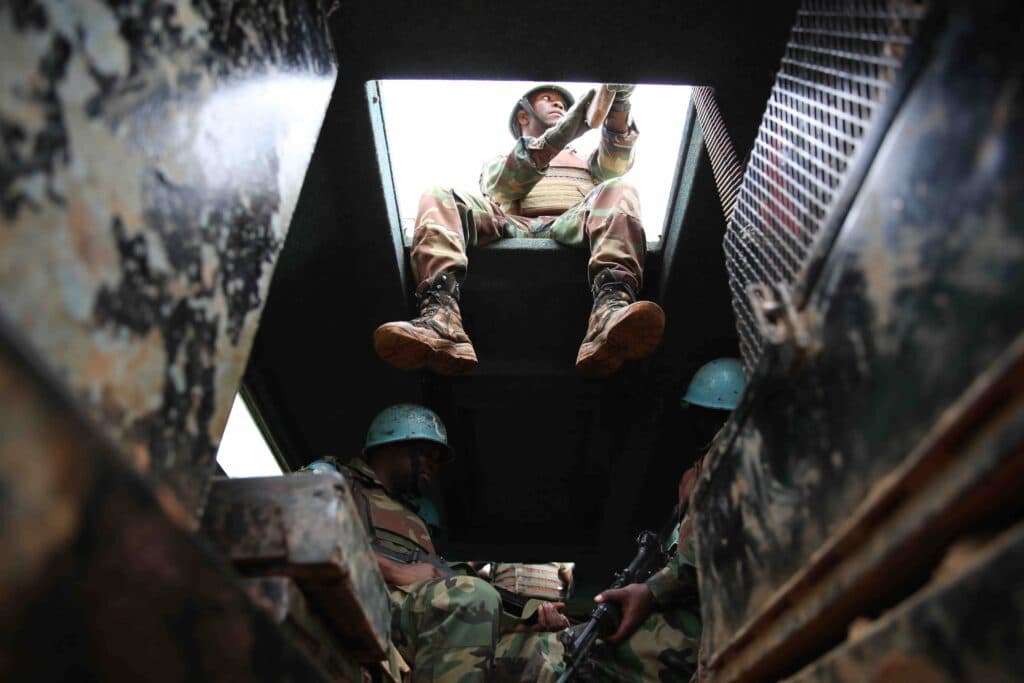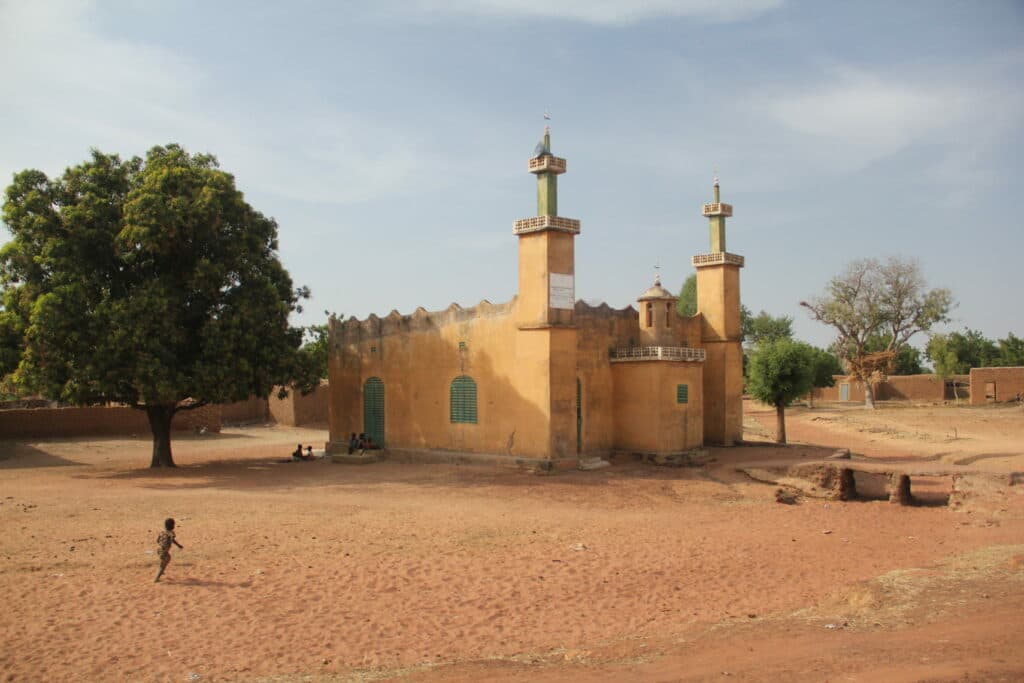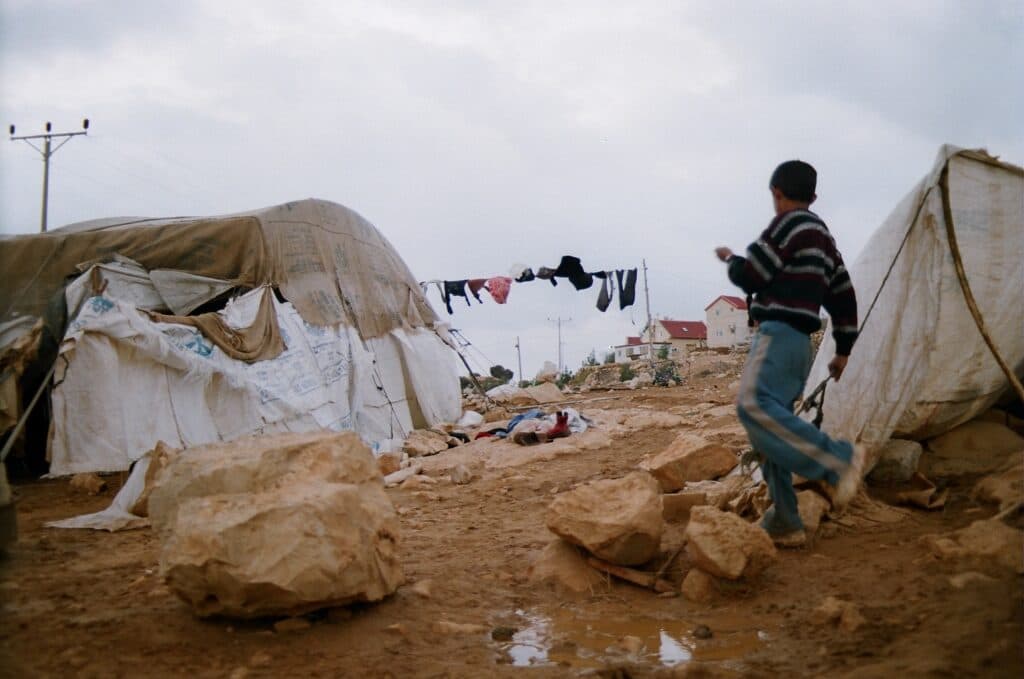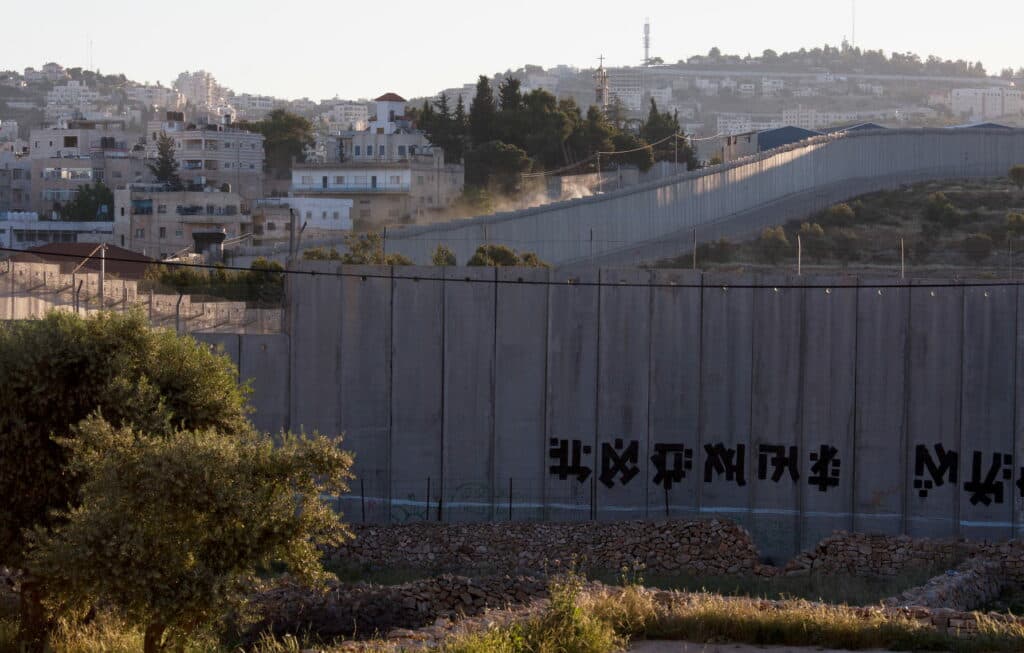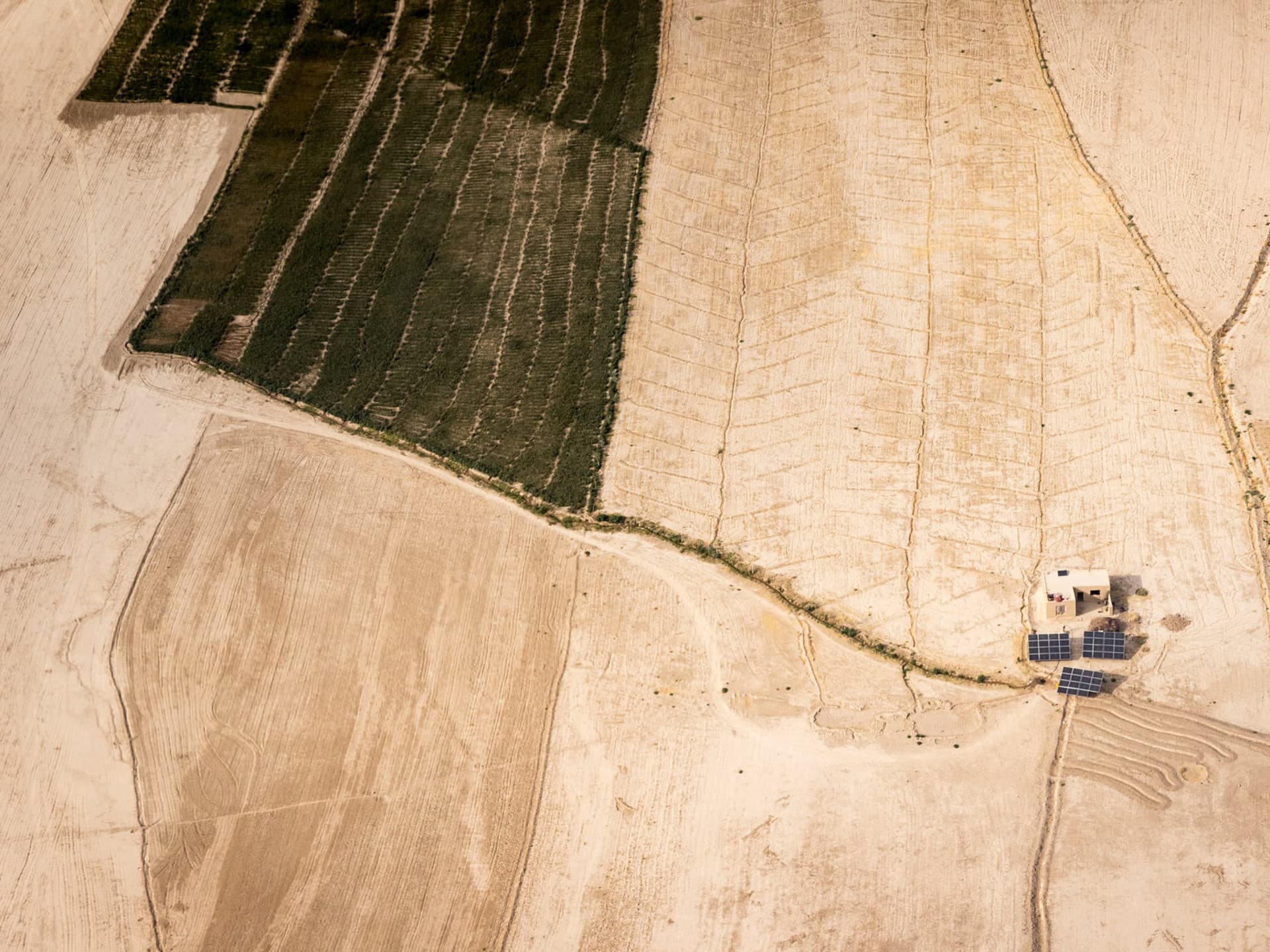
Environment, natural resources, and IHL
International humanitarian law (IHL) and the protection of the environment during armed conflict.
While the focus of international humanitarian law is the protection of humans, the environment enjoys protection during armed conflict, too.
Armed conflict not only has harmful effects on people, but also on the non-human beings and the environment. From Vietnam to Afghanistan, the Gaza Strip, Iraq, and Sudan, fighting has caused significant harm to the environment.
To limit such harm international law sets out protections for the environment during armed conflict.
Protection of the environment during armed conflict
The general principles of international law applicable in armed conflict - such as the principle of distinction and the principle of proportionality - provide protection to humans, but also to the environment.
The principles state that, in particular, only military objectives may be attacked and no methods or means of warfare which cause excessive damage shall be employed. Precautions shall be taken in military operations as required by international law.
In addition, there are specific rules for the protection of the environment during armed conflict.
Specific rules on the protection of the environment
Heavily influenced by the Vietnam War, the Additional Protocol to the Geneva Conventions of 1977, in articles 35 and 55, set out a prohibition on causing ‘widespread, long term and severe’ damage to the environment. The terms ‘long term’, ‘widespread’ and ‘severe’ are not clearly defined, but generally understood set very high thresholds.
Moreover, the need to establish all three criteria means a very high threshold for illegal behaviour: some believe such a standard is nearly impossible to establish. Experts on the protection of the environment have deemed the protections under Additional Protocol One as highly restrictive and unclear. For example, ‘long term’ impact it is understood to be damage that lasts decades.
The prohibition on inflicting widespread, long-term and severe damage to the natural environment is also repeated in the Guidelines on the Protection of the Environment in Times of Armed Conflict and the UN Secretary-General’s Bulletin on observance by United Nations forces of international humanitarian law.
Following concerns about some of the tactics employed by the United States military during the Vietnam War, the Convention on the Prohibition of Military or Any Other Hostile Use of Environmental Modification Techniques (ENMOD) was created. The Convention prohibits the use of environmental modification techniques as a means or weapons of warfare and, hence, looks to prohibit the extensive use of chemical defoliants (such as Agent Orange) and tsunamis.
Difference between ENMOD and Additional Protocol I?
Article 35(3) of Additional Protocol I aims to protect the natural environment as such, while ENMMOD prohibits the use of techniques that turn the environment into a ‘weapon.’
One key difference between Article 35/55 of the Additional Protocol and ENMOD is the much lower threshold of damage in the ENMOD Convention, removing the cumulative standard in the Additional Protocol and replacing it is with a single criterion: ‘widespread or long-lasting or severe’.
In addition, the terms themselves are interpreted differently. Under ENMOD, the term ‘long-lasting’ is defined as a period of months or a season, compared to decades under Additional Protocol I.
Protection of Natural Resources during Occupation
During a situation of occupation, an occupying power has the obligation under Article 43 of the Hague Regulations to ensure law and order and civil life. Under Article 55 of the Hague Regulations, an occupying power is the administrator of public property, including natural resources. Article 55 makes it clear that:
The occupying State shall be regarded only as administrator and usufructuary of public buildings, real estate, forests, and agricultural estates belonging to the hostile State, and situated in the occupied country. It must safeguard the capital of these properties, and administer them in accordance with the rules of usufruct.
Under the rules of usufruct, the Occupying Power may administer public property situated in the occupied territory and enjoy the use of real property for the purposes meeting the needs of the army of occupation. However, it cannot use any resources in a manner which decreases its value or depletes the resource. An example of usufruct would be to take the apple of an apple tree to feed the occupying army. In contrast, it would be unlawful to chop down the tree.
It is strictly forbidden to use State property of the occupied territory to draw economic benefits for the Occupying Powers economy or inhabitants.
Natural resources and self-determination
In addition, exploitation of natural resources by an alien actor, such as an occupying power, may lead to concerns over possible violations of the right of self-determination.
In 2001, the UN General Assembly declared the 6th of November of each year as the International Day for Preventing the Exploitation of the Environment in War and Armed Conflict.
The General Assembly has linked the right of self-determination with ‘permanent sovereignty over natural resources.’ Hence, as a component to self-determination, any steps which undermine an occupied population’s ability to freely dispose of their natural wealth would be a violation of international law.
